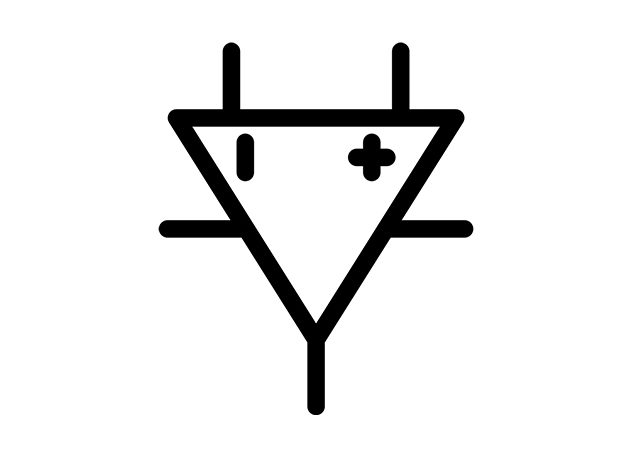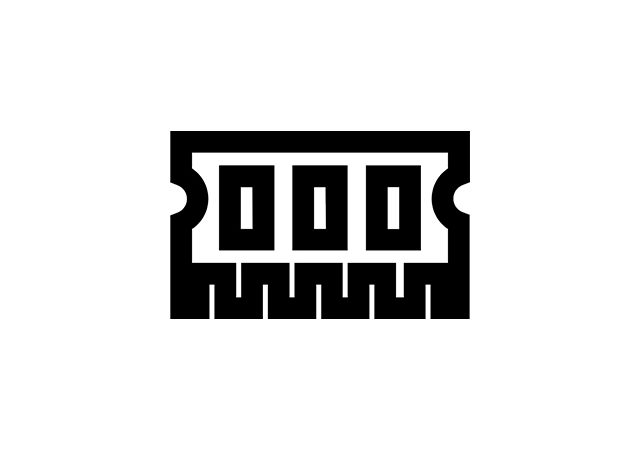This post answers the question “What is memory management?”. Memory manager is an integrated circuit that helps to resolve issues related to the way how CPU software sees memory logical, virtual and physical addresses.
Memory manager is divided into two groups – memory controller and memory manager unit.
Memory controller or MEMC access memory directly with memory physical address, it can access different types of memory – DRAM, SRAM, cache, wait a feedback, and return a feedback to the master processor.
Memory management unit or MMU is an integrated circuit translating logical address into physical address, also called memory mapping, and performing other actions like memory security, cache control, and others. Translated addresses usually stored at level-1 cache on the processor. MMU supports different schemes of address translating like paging and segmentation, that depends on the software.
Segmentation is the division of logical memory into large variable-size sections.
Paging is dealing with smaller sections of logical memory.
Memory protection is a process dealing with different types of memory access – read only, read/write, shared access of the segments or pages of logical memory.
Interrupt is a process that happens when memory access is not allowed.
Big selection of embedded memory components you can find at Digi-Key Electronics catalogue.




